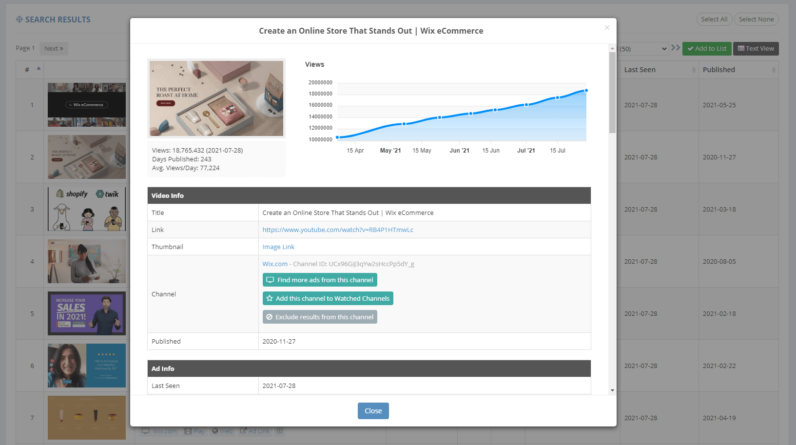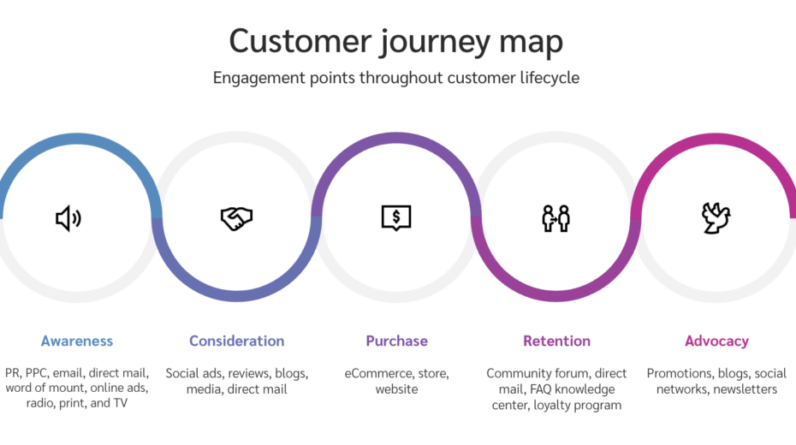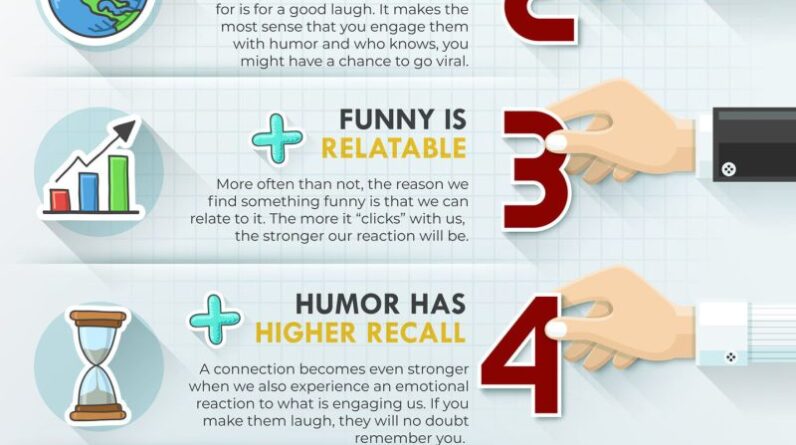
Are you curious about the pivotal role of a creative director in an advertising agency? Picture this: an orchestra conductor orchestrating a symphony of imaginative ideas, captivating visuals, and compelling messages. That’s precisely what a creative director does. They are the masterminds behind the scenes, weaving together the threads of creativity to craft remarkable campaigns that resonate with audiences. Their expertise lies in translating clients’ visions into captivating stories and ensuring that the final product is a harmonious blend of strategy, design, and innovation. Let’s take a closer look at the multifaceted role of a creative director in an advertising agency.
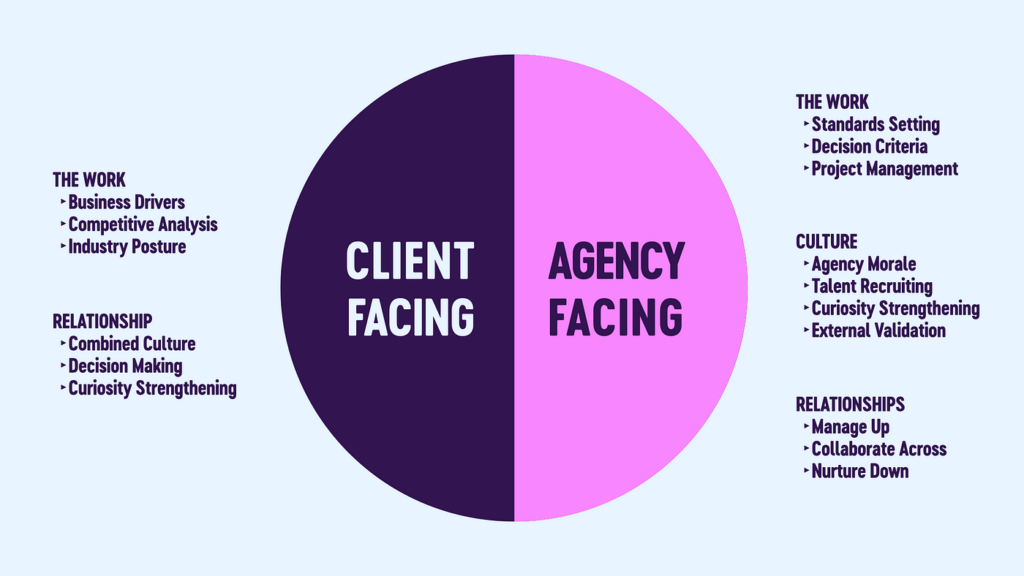
Overview of the Role of a Creative Director
Responsibilities of a Creative Director
As a creative director, your main responsibility is to oversee and lead the creative process in an advertising agency. You are responsible for managing and guiding the creative team to develop innovative and impactful advertising campaigns. This involves making strategic decisions, setting creative direction, and ensuring that the final product meets the needs and objectives of both the agency and its clients.
Qualifications and Skills Required
To excel as a creative director, you need a combination of creative talent, leadership skills, and industry knowledge. A background in design, advertising, or a related field is typically expected. Strong communication and interpersonal skills are essential, as you will be collaborating with various teams and clients. Additionally, you should have a deep understanding of marketing principles and consumer behavior to effectively convey messages through advertising. Lastly, the ability to stay updated with industry trends and adapt to evolving technologies is crucial in this role.
Managing the Creative Process
Providing Creative Direction
One of the primary responsibilities of a creative director is to provide clear and effective creative direction to the team. This involves conveying the client’s objectives and expectations, while also pushing for innovative and original ideas. By setting a creative vision and outlining objectives, you help guide the team towards a common goal. It is important to strike a balance between encouraging individual creativity and ensuring that the final product aligns with the agency’s strategic direction.
Concept Development and Ideation
Collaborating with the creative team, you lead the process of developing concepts and ideas for advertising campaigns. This involves brainstorming sessions, research, and analysis to understand the target audience and market trends. You encourage the team to think outside the box and explore different creative approaches. Throughout the ideation process, you provide guidance and feedback to refine and enhance ideas, ultimately leading to the creation of compelling campaigns.
Collaborating with Other Departments
As a creative director, you work closely with other departments within the agency, such as account management, marketing, and sales. Collaboration is key to ensure that the creative strategies align with the overall marketing goals and client objectives. By fostering strong relationships with stakeholders from different departments, you ensure effective communication and a seamless integration of creative ideas into comprehensive campaigns. This collaboration helps maintain brand consistency and ensures that the creative vision is carried throughout all aspects of the advertising process.
Leading and Inspiring the Creative Team
Team Management
A crucial aspect of your role as a creative director is managing the creative team. This involves building a cohesive and motivated team, delegating tasks, and overseeing the workflow. By providing clear expectations and a supportive environment, you inspire the team to perform at their best and achieve outstanding results. Effective team management involves recognizing and utilizing each team member’s strengths, providing opportunities for growth and collaboration, and maintaining a positive work culture that fosters creativity and innovation.
Motivating and Encouraging Creativity
Encouraging creativity is essential in the advertising industry, and as a creative director, it is your responsibility to foster an environment that nurtures and inspires creative thinking. You can motivate the team by recognizing and acknowledging their achievements, providing constructive feedback, and empowering them to take risks and explore new ideas. By creating a safe space for experimentation and innovation, you enable the team to push boundaries and deliver groundbreaking advertising campaigns.
Providing Feedback and Guidance
Providing constructive feedback and guidance is vital to the growth and development of the creative team. As a creative director, you should offer feedback that is specific, objective, and actionable. By highlighting areas of improvement and offering suggestions for enhancement, you help the team refine their skills and produce high-quality work. Additionally, you should provide guidance on industry best practices, emerging trends, and new techniques, ensuring that the team remains up-to-date and continuously improves their skills.
Client Relationships and Account Management
Understanding Client Objectives
A creative director plays a critical role in understanding and interpreting client objectives. By collaborating with account managers and conducting thorough client briefs, you gain a deep understanding of the client’s goals, target audience, and brand identity. This understanding allows you to develop creative strategies that effectively communicate the client’s message and align with their overall marketing objectives. Constant communication with clients helps build strong relationships and ensures that the final creative product meets or exceeds their expectations.
Presenting and Pitching Creative Concepts
As a creative director, you are often involved in presenting and pitching creative concepts to clients. This requires effective communication skills, the ability to articulate ideas clearly and persuasively, and a thorough understanding of the client’s needs. Presenting creative concepts involves showcasing the overarching idea, explaining the rationale behind the campaign, and expressing how it will help achieve the client’s objectives. By presenting concepts in a compelling and convincing manner, you enhance the agency’s chances of securing client approval and winning new business opportunities.
Maintaining Client Satisfaction
Maintaining client satisfaction is a key responsibility of a creative director. By fostering strong relationships with clients, keeping open lines of communication, and delivering high-quality work, you ensure client satisfaction and retention. Regularly seeking feedback and addressing any concerns or issues helps build trust and fosters long-term partnerships. By continuously exceeding expectations and evolving with the client’s needs, you contribute to the agency’s reputation and success in the industry.
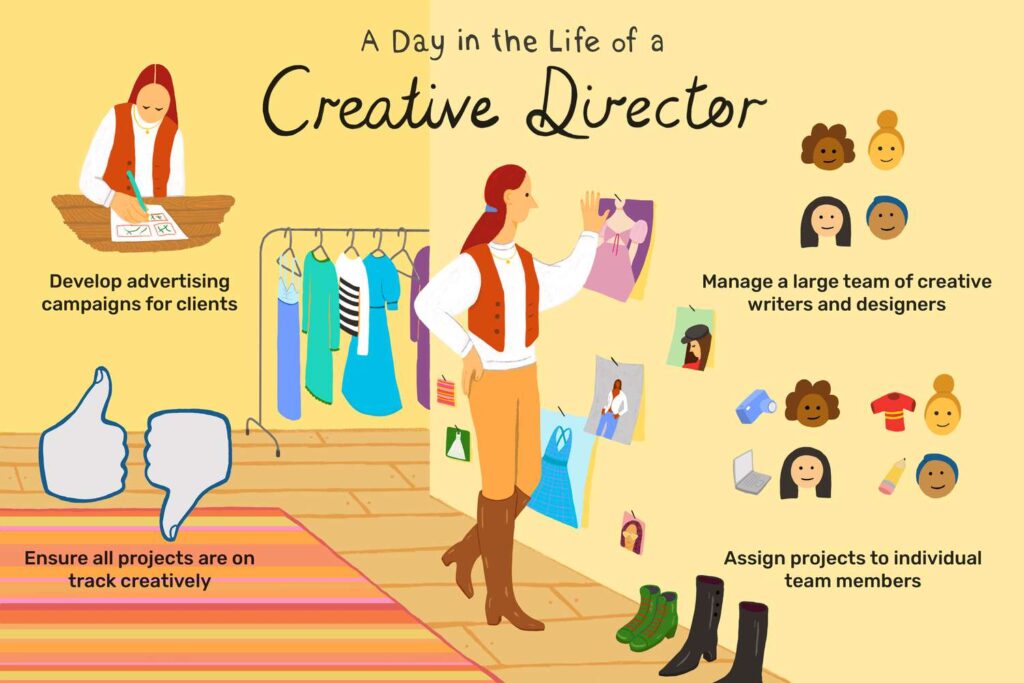
Staying Up-to-Date with Industry Trends
Keeping Abreast of Advertising Trends
In the ever-evolving advertising industry, staying up-to-date with current trends and emerging technologies is crucial. As a creative director, you need to be aware of the latest advertising techniques, platforms, and consumer behaviors. This involves reading industry publications, attending conferences and webinars, and actively engaging with industry professionals. By staying informed, you can adapt and incorporate innovative ideas into your creative strategies, ensuring that the agency remains competitive and delivers cutting-edge campaigns.
Researching and Analyzing Competitor Campaigns
Competitive analysis is an essential part of the role of a creative director. By researching and analyzing competitor campaigns, you gain insights into industry and market trends. This analysis helps identify gaps in the market, understand what resonates with the target audience, and find opportunities to differentiate the agency’s work. By studying successful campaigns and understanding their strategies, you can leverage these insights to develop more effective and impactful advertising campaigns for your clients.
Attending Industry Events and Workshops
Attending industry events and workshops is a valuable way for creative directors to expand their knowledge and network with industry professionals. These events provide opportunities to learn from industry leaders, gain new perspectives, and discover innovative ideas. By participating in workshops and panel discussions, you can enhance your skills, gain insights into industry best practices, and stay connected with the latest trends. Networking with peers and experts also provides valuable opportunities for collaboration and professional growth.
Budgeting and Resource Allocation
Managing Project Budgets
As a creative director, you are responsible for managing project budgets. This involves understanding the client’s financial constraints, estimating the cost of creative production, and ensuring that projects are executed within the allocated budget. By effectively managing budgets, you contribute to the agency’s profitability and financial success. This requires careful planning, cost analysis, and negotiation skills to strike a balance between meeting client expectations and staying within budgetary limitations.
Allocating Resources Effectively
Resource allocation is a critical aspect of managing the creative process. As a creative director, you must allocate resources, such as talent, time, and materials, in a way that maximizes efficiency and productivity. This involves assessing the needs of each project, identifying the right team members for specific tasks, and coordinating schedules and deadlines. Effective resource allocation contributes to the smooth execution of projects, ensuring that the creative team has the necessary support and tools to deliver exceptional results.
Evaluating ROI and Effectiveness
Evaluating the return on investment (ROI) and effectiveness of advertising campaigns is essential to measure success and improve future efforts. As a creative director, you should track key performance indicators (KPIs), such as sales, brand awareness, and customer engagement, to assess the impact of campaigns. By analyzing data and feedback, you gain valuable insights into what worked well and what areas need improvement. This evaluation allows you to adjust strategies, optimize creative approaches, and continuously enhance the agency’s performance.
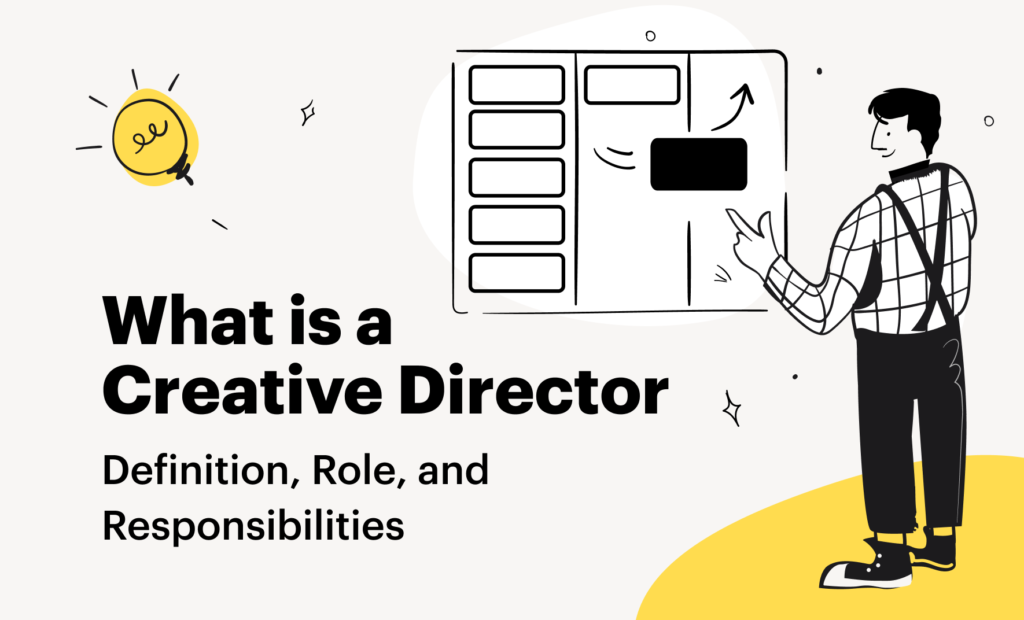
Collaboration with Marketing and Sales Teams
Aligning Creative Strategies with Marketing Goals
To achieve maximum impact, the creative strategies developed by the agency must align with the overall marketing goals. Collaboration with the marketing team is crucial in ensuring that the messaging, tone, and visuals in the advertising campaigns are consistent with the brand identity and marketing strategy. By working closely with the marketing team, you can develop integrated campaigns that effectively communicate the brand message and drive desired customer actions.
Coordination with Sales Teams for Promotions
Collaboration with the sales team is important when developing advertising campaigns that support promotional activities. By understanding the sales team’s objectives and promotional calendar, you can develop creative concepts that seamlessly align with sales initiatives. This coordination ensures that the advertising campaigns drive traffic and conversions, ultimately contributing to the achievement of sales targets. By maintaining open lines of communication and incorporating the feedback of the sales team, you can develop campaigns that effectively support their efforts.
Ensuring Brand Consistency
Maintaining brand consistency across all marketing touchpoints is essential for establishing a strong brand identity. The creative director plays a key role in ensuring that the brand’s visual and verbal elements are consistently applied in advertising campaigns. This involves working closely with the marketing team and brand managers to develop brand guidelines that outline the dos and don’ts of visual and verbal communication. By enforcing these guidelines, you ensure that the brand’s image is coherent and recognizable across various platforms and channels.
Risk Management and Problem Solving
Identifying and Addressing Potential Risks
In the fast-paced world of advertising, identifying and addressing potential risks is crucial to ensure the successful execution of campaigns. As a creative director, you should anticipate potential challenges, such as budget constraints, time limitations, or technical issues, and develop contingency plans. By proactively addressing these risks, you minimize disruptions, maintain client satisfaction, and protect the agency’s reputation. Effective risk management requires a strategic mindset, problem-solving skills, and the ability to adapt to changing circumstances.
Problem-Solving and Troubleshooting
Problem-solving is an essential skill for a creative director. Advertising projects often come with unexpected challenges that require quick thinking and innovative solutions. Whether it’s a last-minute change in client objectives or a technical issue during production, your problem-solving skills come into play. By remaining calm, assessing the situation, and collaborating with your team, you can find creative solutions that meet both the client’s needs and the agency’s objectives. Effective troubleshooting helps ensure that projects are delivered on time and meet or exceed client expectations.
Adapting to Changing Circumstances
The advertising industry is dynamic and constantly evolving, and as a creative director, your ability to adapt to changing circumstances is crucial. Whether it’s emerging technologies, new consumer behaviors, or industry trends, you need to stay flexible and adjust your strategies accordingly. This requires a willingness to embrace change, continuous learning, and an openness to new ideas. By staying agile and adapting to new circumstances, you can ensure that the agency remains relevant and continues to deliver impactful advertising campaigns.

Continuous Improvement and Professional Development
Seeking Feedback and Self-Reflection
Continuous improvement is key to success in the role of a creative director. Actively seeking feedback from clients, team members, and industry professionals allows you to gain valuable insights and identify areas for growth. By reflecting on your own performance, assessing strengths and weaknesses, and setting personal development goals, you can continuously evolve and refine your skills. Developing a growth mindset and being open to constructive criticism helps you become a more effective and successful creative director.
Continuously Learning and Evolving
In the ever-changing landscape of the advertising industry, continuous learning is crucial. Staying updated with industry trends, new technologies, and emerging creative approaches helps you remain competitive and innovative. By investing in your professional development through courses, workshops, and certifications, you can expand your knowledge and skillset. Additionally, staying curious and seeking inspiration from various sources, such as art, literature, and music, can fuel your creativity and enhance your ability to develop impactful campaigns.
Developing New Skills and Techniques
As a creative director, it is essential to stay ahead of the curve by developing new skills and techniques. This may involve learning new software, understanding emerging platforms, or expanding your knowledge in design, copywriting, or other creative disciplines. By investing in your skill development, you can effectively lead and guide the creative team, stay relevant in the industry, and bring fresh ideas to the table. Developing new skills not only enhances your professional growth but also allows you to inspire and mentor others in the creative field.
Conclusion
The role of a creative director in an advertising agency is multifaceted and requires a blend of creative talent, leadership, and business acumen. As a creative director, you are responsible for guiding and inspiring the creative team, collaborating with other departments, and maintaining client satisfaction. By staying up-to-date with industry trends, effectively managing budgets and resources, and fostering collaboration with other teams, you optimize the creative process and deliver exceptional advertising campaigns. By continuously striving for improvement, developing new skills, and staying adaptable, you ensure long-term success in this dynamic role.

